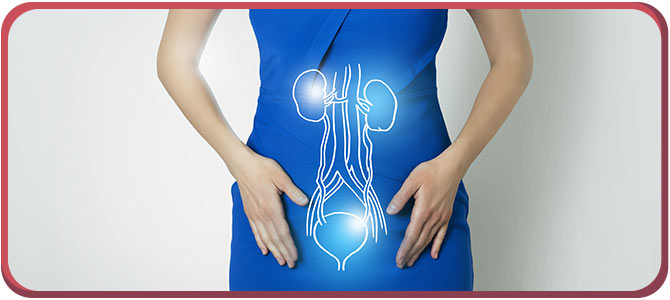
September 12, 2024
Threat Factors Of Postpartum Stress Urinary Incontinence In Primiparas Pmc
Postpartum Care Of The New Mommy Statpearls Ncbi Bookshelf Without stimulation from the nerves, the pelvic muscle mass, like any kind of underused muscle in the body, can end up being weak and drooping. Some studies reveal adjustments in the feature of these nerves in more than half of women following genital shipment. Interestingly, a lengthened labor or pushing phase prior to a cesarean is performed makes it most likely nerve damage has actually currently occurred also if the baby is ultimately provided by cesarean. In time and with age, the typical supporting tissues of the bladder, rectum and womb damage, contributing to the impact of giving Estrogen birth injury. If your breasts are engorged, your child could have trouble connecting for nursing. To aid your infant latch on, you can use your hand or a bust pump to allow out some breast milk before feeding your child. To relieve the pain, your medical care professional might suggest a pain reliever that you can buy without a prescription.Kegel Workouts
Does baby relocate a lot more when bladder is complete?
Babies go through waking and sleeping cycles. Some children are a lot more energetic than others. Sometimes activities can be very unpleasant for an expectant mom. Infants always seem to kick and move extra when their mommy has a complete bladder.
- Some women select to go home as early as 6 hours after birth.
- The National Institutes of Wellness advises any individual experiencing urinary incontinence should go through an examination to identify the right treatment choice.
- In these visits, your service provider will certainly define how to find and engage the pelvic flooring muscular tissues.
- If troubles linger, you might intend to schedule a consultation with a pelvic flooring professional.
More From Ladies's Wellness
Prioritising physical and mental self-care, getting assistance when required, and being notified concerning postpartum recuperation can all make a big difference in the general experience. While pregnant and delivery, the muscular tissues and ligaments of the pelvic flooring are stretched. This compromises their assistance of the bladder and the urinary sphincter, a muscular shutoff, that manages urine circulation. Tighten your pelvic muscular tissues as if you're raising the marble. Try it for 3 seconds at once, then relax for a count of 3. Work up to doing the workout 10 to 15 times in a row, a minimum of 3 times a day. It's additionally a time to get the answer to inquiries you have concerning life after giving birth. In the days after delivery, you'll lose even more weight from remaining fluids. After that, a healthy diet and regular workout can aid you to go back to the weight you were before pregnancy. Maternity alters a body in more means than you could expect. Right here's what can happen literally and psychologically after a genital distribution. There is another alternative for ladies that are having problem with postpartum incontinence. The pelvic floor muscle mass are easiest to palpate at the 5 o'clock and 7 o'clock placements-- concerning even with where your legs satisfy your hips and around 3 to 4 centimeters above the vaginal opening. I want every woman to recognize that no quantity of urinary incontinence requires to be tolerated. With several therapy choices readily available, postpartum urinary system incontinence does not need to be a part of life after giving birth. If injury results from a delivery, the damaged support of the bladder, rectum or womb might trigger going down of these organs right into the vagina. Dropping of any of these body organs is called pelvic relaxation, or prolapse. The muscles and sustaining tissues that are over the vaginal area which hold the bladder up are compromised or torn, allowing the bladder to drop down into the vaginal canal. This protruding of the bladder into the vaginal canal is called bladder prolapse, or a cystocele (see fig 1). The urethra, television that you pee from, can likewise drop down. This combination of the adjustments in the typical position of the bladder and urethra and the damaged nerve signals might interfere with the bladder function with resulting pee leak. They'll insert a gloved finger "down there" and will ask you to press. Many people have a duration of really feeling down or nervous after giving birth, occasionally called the infant blues. Signs include mood swings, weeping spells, stress and anxiety and difficulty sleeping. Share your sensations, and ask your partner, enjoyed ones or buddies for aid. When you pee, the pelvic flooring muscle mass loosen up to allow pee to circulation. Tightening up the muscular tissue shuts the reduced urethra, and keeps any type of staying pee in the bladder.Social Links